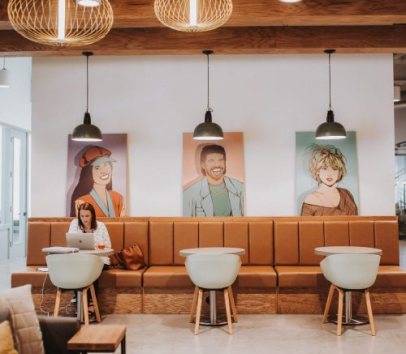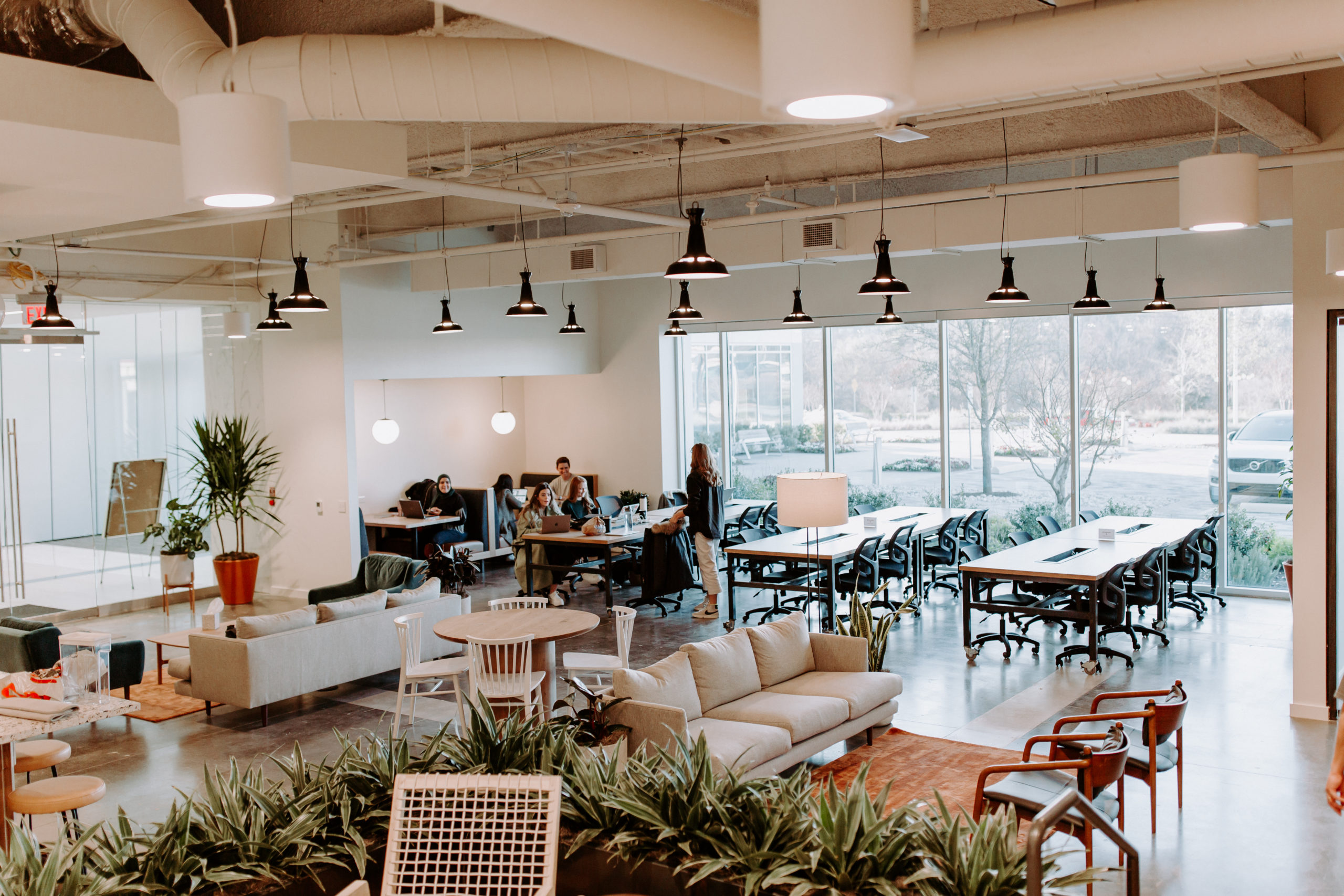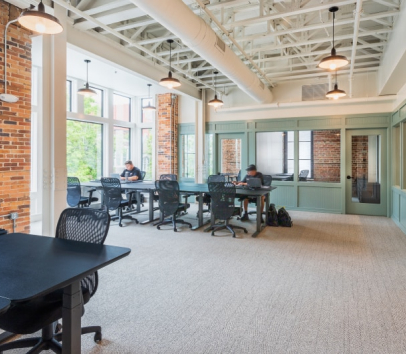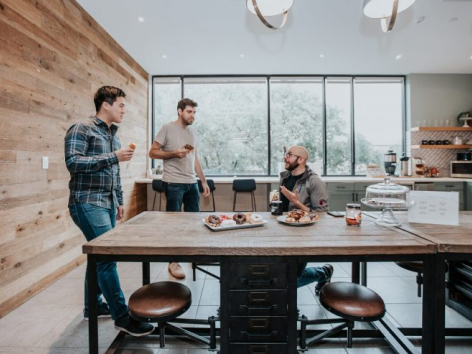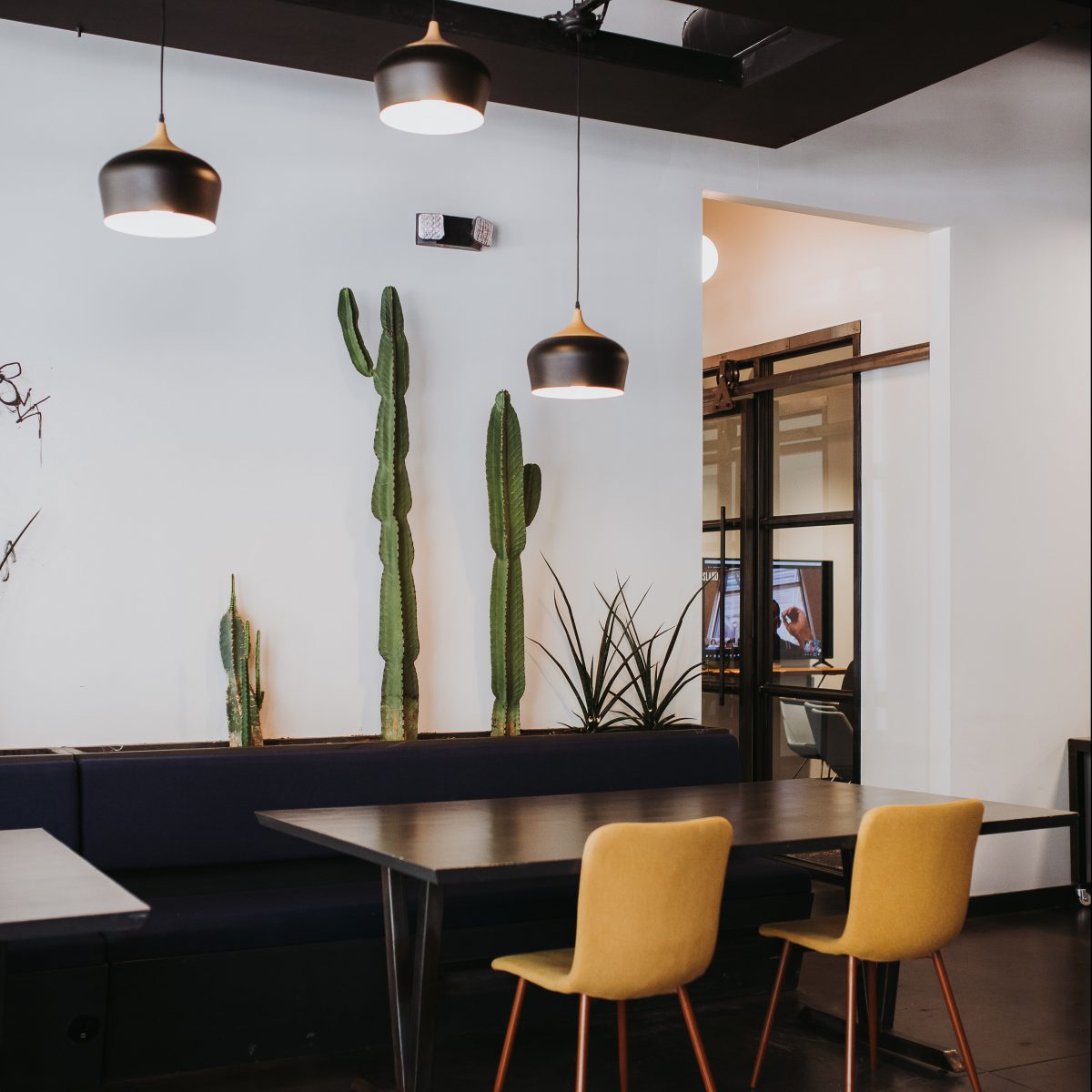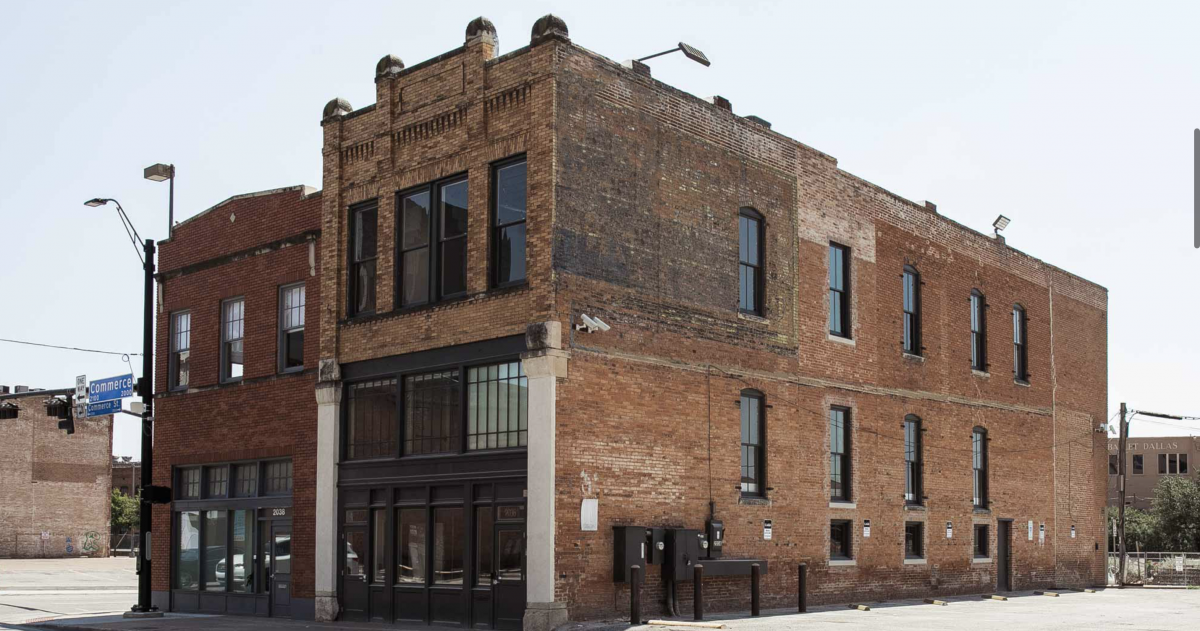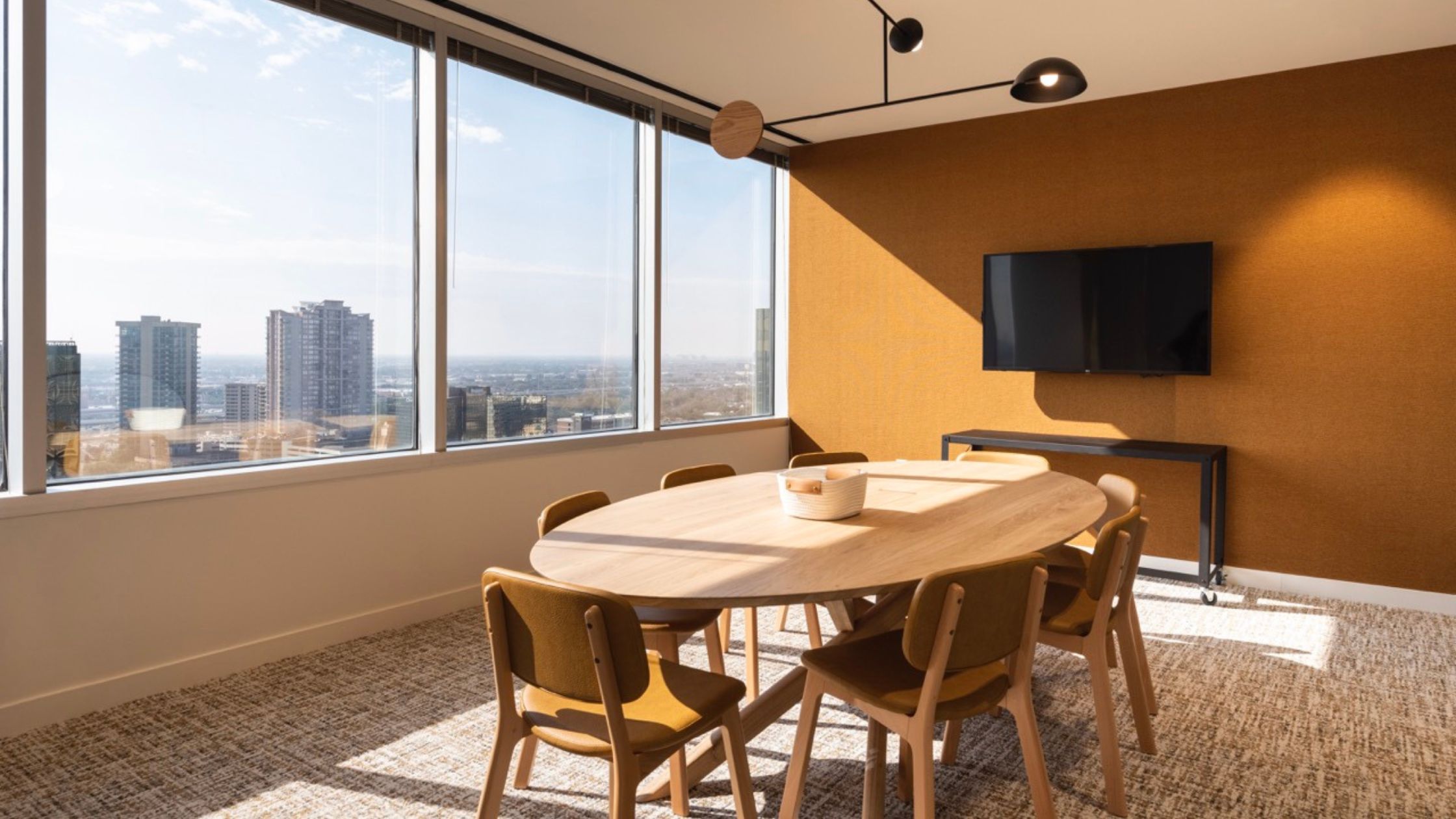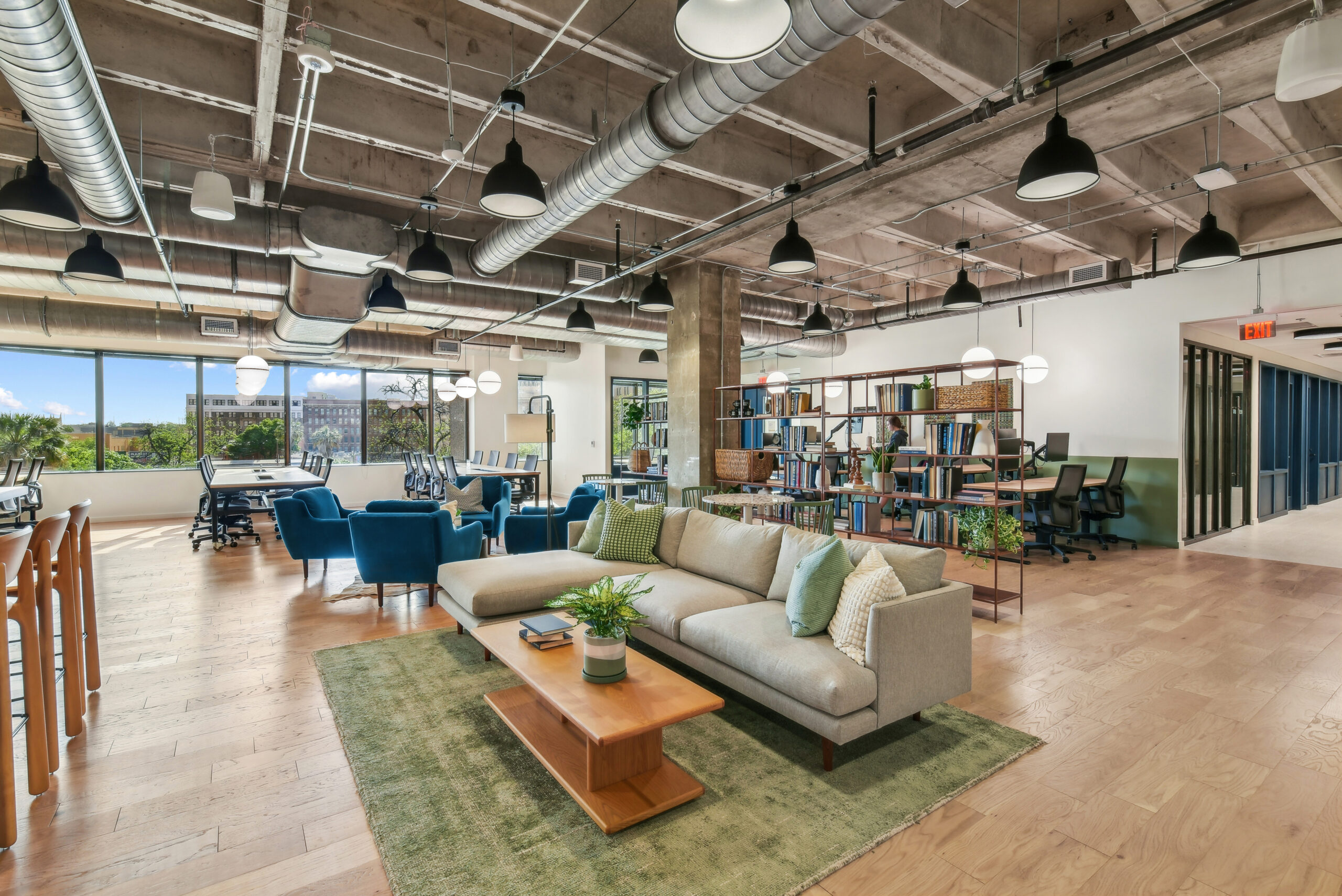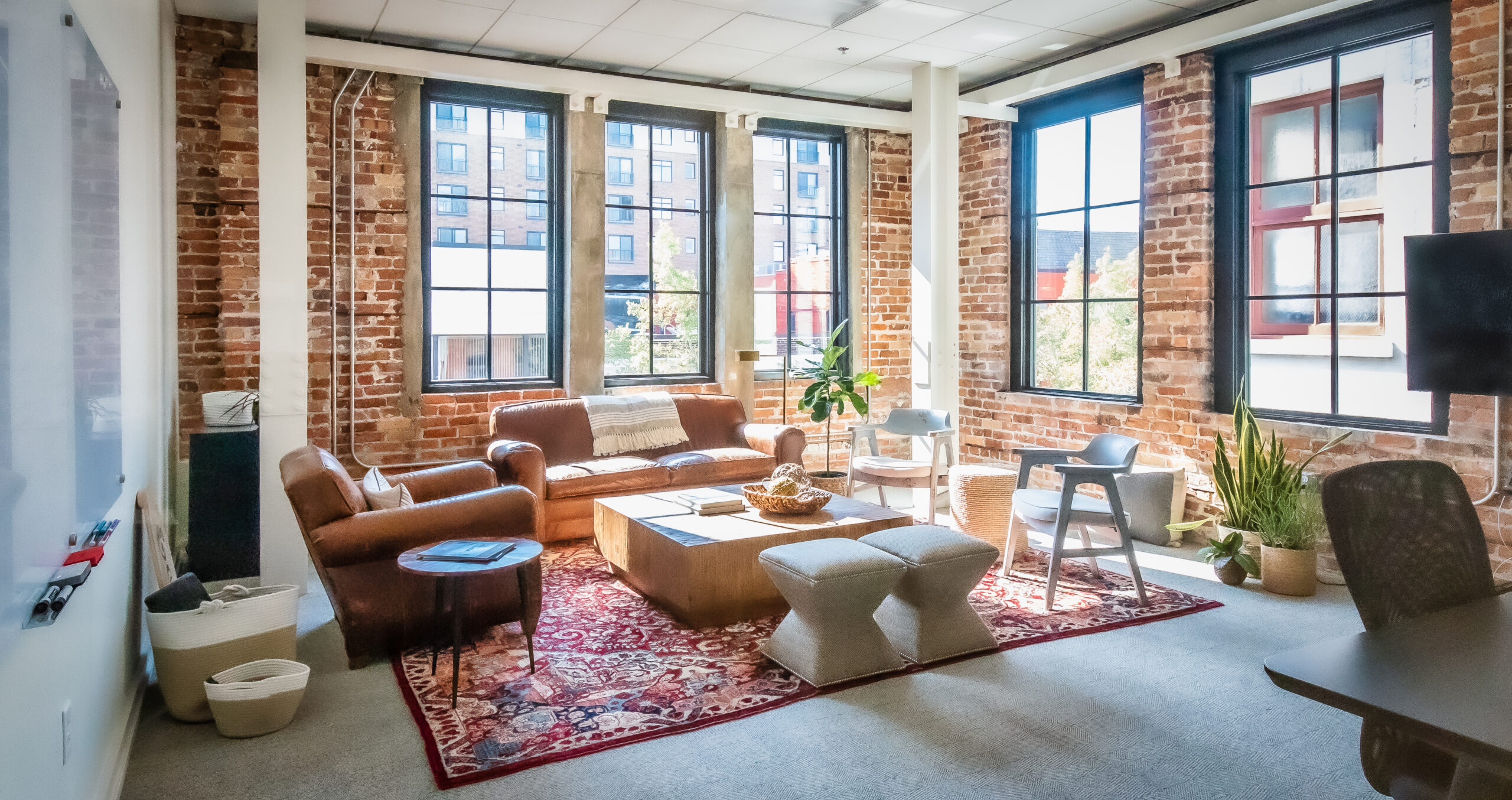It’s no news that the real estate market is constantly shifting, and the technology of today has completely changed the way we interact, work, and make money. Because of the consistent ebb and flow of both real estate prices and new social norms deriving from modern technology, the world’s beginning to see a new trend in corporate businesses that’s never been seen before.
Coworking has been changing what people perceive as a “traditional” workspace since 2005 (you can explore the background and mission of coworking here). The whole concept of coworking spurred from the belief that people work better when they work together (even if they’re working on entirely different things). When most were struggling in light of the recession in ‘08, coworking was just starting to spread its wings and fly; it was able to really take off because of the way it lowers costs for companies to operate through its month-to-month terms, all-inclusive memberships, and foundation of “shared everything.”
Now, over 10 years later, coworking is at large (fun fact: 1.2 million people will be coworking by the end of 2017) and corporate businesses are definitely starting to notice its abundant perks. Large companies in Dallas like AT&T, Verizon, and Silicon Valley Bank shared what this office shift looks like for them presently and in the future. Here are the 3 common trends we noticed from each:
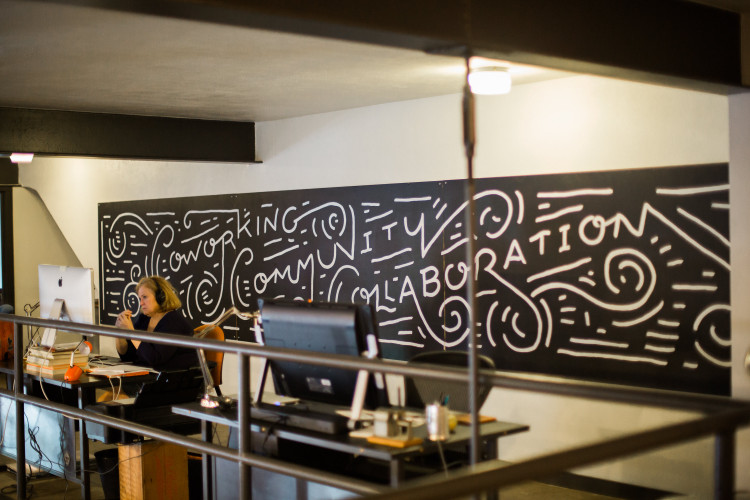
1. Large Corporate Campuses Are Beginning To Shrink Their Portfolios Significantly.
When it comes to the world of real estate, Bob Dylan put it best: “The times they are a-changin” (always). The coworking phenomenon is pulling together people who never expected to be working under the same roof, is doing things design-wise that no one ever saw coming, and is constantly shaking up people’s connotation of the phrase “office space.” Meanwhile, the cost of traditional real estate and traditional office ventures are sky-high (per usual), and corporate businesses with vast amounts of square footage are starting to minimize their portfolios in order to cut costs wherever they can.
The coworking world is changing the way the real estate world works.
Nicholas LiVigne, Verizon

Nicholas LiVigne, who helps manage workplace transformation and global real estate for Verizon, mentioned that the shared office (coworking) model is really attractive to corporate America right now, especially from a real estate perspective. When looking at the numbers, it makes sense for corporate businesses like Verizon to have people in a model similar to coworking, whether through creating it by hand or finding an existing model to be involved with. Also among those re-thinking the square footage of their current office complexes are AT&T and Toyota.
2. Large Corporations Are Trying To Replicate Different Forms Of Coworking.
Now that coworking is reputably hustlin’ and bustlin’, corporate businesses are trying to figure out a way to recreate the same concept within their very own walls.
Silicon Valley Bank, for instance, has offices all over the world, but they’re moving to a new concept that reflects a true coworking space. When remodeling, SVB creates an open-space office– complete with shared tables, common areas, and breakout spots to seem more like a coworking space environment. Samantha Colletti, Vice President at SVB, stated that the whole idea of this office shift is to improve idea-flow and communication between SVB’s different departments, in hopes that better products and improved organization will result.
LiVigne also noted that “no one is following the really protected close door model any more” when it comes to office space; Verizon has invested in this thought, and they’re now operating coworking spaces directly within Verizon assets. Livigne says that this strategy is twofold – one, Verizon owns the assets, which enables them to overcome the barrier of high fixed costs, thus allowing a more sustainable business model. Two, (and most importantly) it provides a platform of two-way interaction between the entrepreneurial ecosystem, which resides within many coworking communities, and their innovation outreach teams. Livigne commented, “We are building a bridge between small dynamic companies and our large corporate commercial structure in order to spot innovation and accelerate it to market at enterprise scale.”
Also worth mentioning is the fact that AT&T began something that they’re calling their “Workplace 2020” initiative, which involves transforming their traditional office spaces into more collaborative, tech-integrated community spaces. Chris Mach with AT&T expressed that these office spaces will be community-based and mobile. They’ve already started transitioning workers into these innovative spaces– but they’ve run into one little problem–
A number of corporate businesses are creating their own coworking spaces as they transform their traditional offices, but they’re finding that curating community and connection is more challenging than first anticipated.
Chris Mach, AT&T

Creating coworking spaces in-house is innovative and useful, but, as Mach noted, there’s still an absolutely critical element of fostering and curating community engagement – which leads us right along to point number 3.
3. Corporate Businesses Are Seeking Ways To Collaborate With Coworking Spaces.
Coworking’s claim to fame is community. Even if you have your own corporate coworking space, the communities that lie within independent coworking spaces are still worth tapping into because of the diverse talents within their member populations. Keeping this in mind, large corporations are creating key strategies to approach collaboration, sponsorship, or membership with local coworking spaces.
For Verizon, they find collaboration with coworking spaces in the form of speaking events, coaching, and mentoring. When it comes down to it, coworking ultimately helps huge companies have access to their target audiences working within shared offices (tech startups being one popular example). LiVigne said that “it makes sense for employees to be internal, but when looking to keep a finger on the pulse of innovation and technology, we want to get into coworking spaces to learn more and understand their practices.”
Coworking is attractive from a real estate perspective because it reduces our capital outlay and offers flexible options to employees.
Nicholas LiVigne, Verizon
Silicon Valley Bank is another example of a company who recognizes the value of collaborating with coworking. They allow several of their employees (and even company leaders) to have active roles in coworking communities through membership.
We want our employees to be in the urban centers of cities to create genuine relationships, and coworking spaces are these centers.
Samantha Colletti, SVB

Samantha Colletti, Vice President of Silicon Valley Bank’s Dallas branch, encourages corporate leaders to have a presence in local coworking spaces because of how convenient it is to be able to work somewhere close to home, close to clients, and close to the communities that your business might be targeting. And, from an HR perspective, having coworking memberships helps corporate businesses retain the younger generation that aren’t quite interested in being traditional.
So What’s The Moral Of The Story?
All in all, corporate America isn’t staying so corporate these days. At the end of the day, no matter how big or small your business is, it’s always going to be important to build key relationships and partnerships to catapult your business into success, whether that’s within your own walls or outside of them.
The corporate world and coworking aren’t as greatly divided as we might have initially thought. Coworking spaces are viable options for corporate companies to work from, invest in, or form relationships with. And as the real estate market continues to shift, it’s key that businesses, no matter what size, recognize the value of collaborating with one another to help all entities continue to achieve vibrant growth, because, when it comes down to it, we achieve more when we’re working together.

